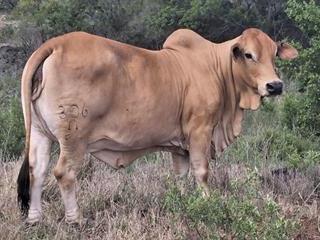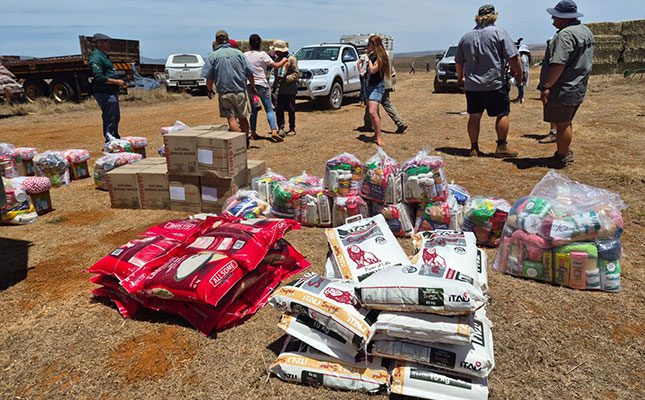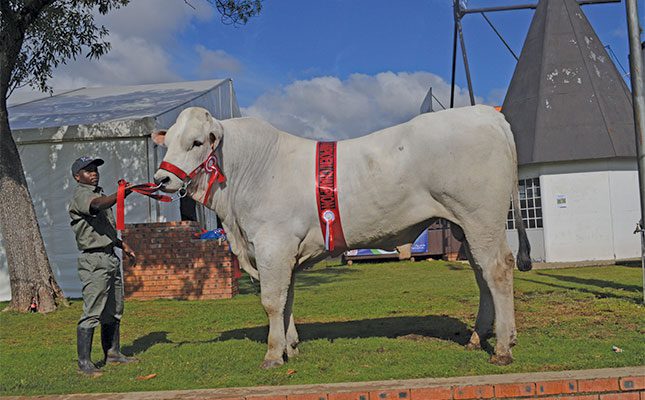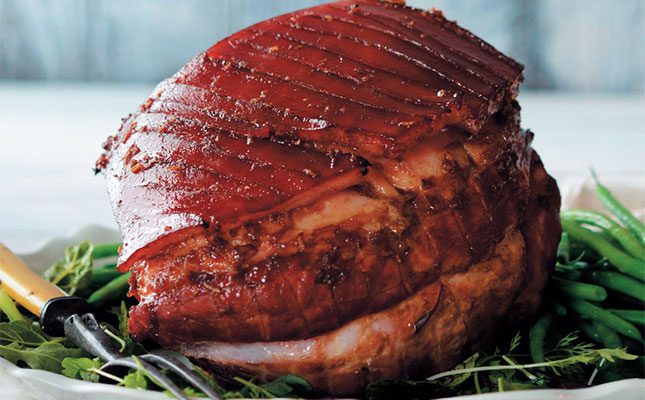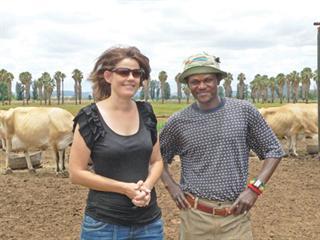Proposed programmes that will pay landowners and users for water-friendly farming practices could soon take off. Roelof Bezuidenhout reports.
The South African National Biodiversity Institute (Sanbi) is appointing a high-level technical adviser to focus on water and payment-for-ecosystem services (PES). This will fall within the Grasslands Programme, a public/private/civil society partnership run over six provinces. The threatened Grasslands Biome covers nearly one-third of South Africa’s land and provides ecosystems services essential for economic development. But this development, including cropping, threatens the grasslands, 65% of which are used for grazing.
Experts advocate paying mountain communities for the ecosystem services they supply. This will augment water supplies, as better land management in the catchments improves water quantity and quality. Paying landowners to manage mountain grasslands effectively has been proven efficient and equitable. A trade in ecosystem services in marginal agricultural areas will provide more services, reduce water vulnerability, create jobs and improve land quality. This can stimulate the development of other economic options, such as tourism, game farming, improved grazing systems and harvesting natural products.
The Global Environment Facility (GEF) has already approved US,3million (R67,5 million) in funding for a five-year PES programme, through the United Nations Development Programme (UNDP). Working for Water has also allocated funds for pilot projects, starting in the Maloti Drakensberg mountains, which lie within the grasslands and are the country’s largest water catchment. The Upper Thukela is seen as a key area to start the projects.
One of the PES options could be a forestry company that adopts a water-neutral concept (reduces its water use and tries to balance it with projects that increase clean, fresh water runoff) and help a community group within a catchment improve its catchment management.
Major enrichment
Research in the Upper Thukela and Umzimvubu catchments confirms biennial spring burning, recommended stocking rates, and restoring degraded grasslands can reduce run-off and summer storm flows. This significantly reduces soil erosion and increases soil carbon content. Better management and restoration can shift destructive summer river flows, when water is abundant, to winter when water is scarce and value can be added to it. Reduced storm flows also diminish erosion and the sedimentation of water infrastructure, while improving productivity and carbon sequestration in the associated land.
In the Thukela, good management could add 12,8 million cubic metres to winter river baseflows, with a sales value of R3,8 million a year. This could boost the economy by R18 million to R88,7 million a year. In the Umzimvubu, this could be 3,9 million cubic metres with a sales value of R2,7 million a year. This could add R5,7 million to R27,1 million to the economy annually. These two catchments could generate 1 800 restoration-related jobs a year for the first seven years, and almost 500 permanent jobs in catchment management.
The Department of Water Affairs and Forestry could also help establish a large-scale catchment management public works programme to create 50 000 to 80 000 jobs.
The Grasslands Programme is getting involved by:
- Incorporating biodiversity management into agricultural laws, policies and guidelines.
- Developing a certification system and marketing programme to encourage red meat producers to farm in environmentally friendly ways.
- Promoting stewardship among landowners and users through demonstrations.
Karoo vegetation goes digital
The Grootfontein herbarium is digitising its plant collection, making previously inaccessible information easily available to the general public. Karoo farmers can now use their laptops to learn more about the plants in their veld, instead of having to attend field demonstrations. According to Loraine van den Berg of Grootfontein Agricultural Development Institute, this is in line with progress in other countries, where information is increasingly being computerised.
“Electronic records contain images, plant descriptions, biophysical characteristics, habitat and use information and associated bibliographic files,” she says.
While South Africa has a network of botanical gardens and herbaria, little information is available about False Upper Karoo veld, extending from the Eastern Cape interior through most of the central Karoo and Namaqualand. “Land users who are unaware of the plant diversity around them usually can’t make optimum use of their environment,” Loraine explains.
Grootfontein’s herbarium was founded in 1925. Its collection numbers over 6 000 specimens from 1 000 species, valuable not only to agriculture but also for biosecurity, forensics and conservation biology. E-mail Loraine van den Berg at [email protected]. |fw
Climate change threatens blue cranes
Blue cranes have moved into the Western Cape, but Climate change threatens The blue crane’s haven on Western Cape farmlands, says the Endangered Wildlife Trust (EWT), which is monitoring the situation.
“The Western Cape’s wheat farms and pastures give blue cranes an opportunity to live in an area where they never occured before,” says EWT crane conservationist Kerryn Morrison. “This man-made grassland setting is now home to 60% of South Africa’s total blue crane population.” But climate change is expected to severely affect the western parts of the country. If this reduces cultivation, it will affect the cranes, which don’t seem comfortable in the surrounding indigenous fynbos.
While the blue crane population is currently stable, predictive models show too many adult deaths could cause the population to crash. “These cranes are long-lived and slow-breeding,” says Morrison. “The chicks stay with the parents for at least eight months, and a pair will rarely have more than one in a year, so losing one adult has a severe impact on the population.”
A race to survive
The blue crane (Anthropoides paradiseus) is near endemic to South Africa, totalling around 25 000. It is found mainly in the Western Cape and Karoo, with fewer across the country’s grasslands. Between the late 1970s and 1990s, numbers declined by up to 80%. It is currently on the Red Data List Status of Vulnerable Species.
Visit www.ewt.org.za/climatechange.html or e-mail Kerryn Morrison at [email protected] or call the EWT on 011 486 1102. |fw
Aphid resistance gene discovered
The cotton or melon aphid is one of the most common insect pests and a carrier of virus diseases. Recently, researchers at the French Institute for Agronomy Research (INRA), discovered a gene in melon lines from the Far East, which determines strong resistance to this pest. This gene has been isolated and cloned and is being inserted into susceptible crops.Aphis gossypii, the cotton aphid, has some 700 cultivated and wild plant species as hosts. The most important are members of the cucurbit family like melons, squash, pumpkins, and cucumbers. Cotton, tomato, and citrus are also attacked.
Although the aphid has natural enemies, spraying chemical pesticide has been the common approach to combating it and the plant viruses it transmits. But these chemicals have a downside. They kill benevolent and non-target insects, contribute to environmental pollution, pose a toxic risk to humans and build up in soil and soil water
The discovery of a resistance could not have come at a better time. The virus aphid transmission (VAT) gene has two actions – it provides resistance to aphid infestation, and to the aphid’s transmission of viruses. The VAT gene has been decoded and marker genes adjacent to it described, facilitating the use of marker-assisted breeding. The code sequence of these genes enjoy patent protection. As conventional breeding remains a slow process, the gene has been multiplied in the lab and inserted into other species. Aphid-resistant tomato and cotton lines are soon to be tested. – Wynand van der Walt ([email protected]) Source: INRA, June 2009. |fw


